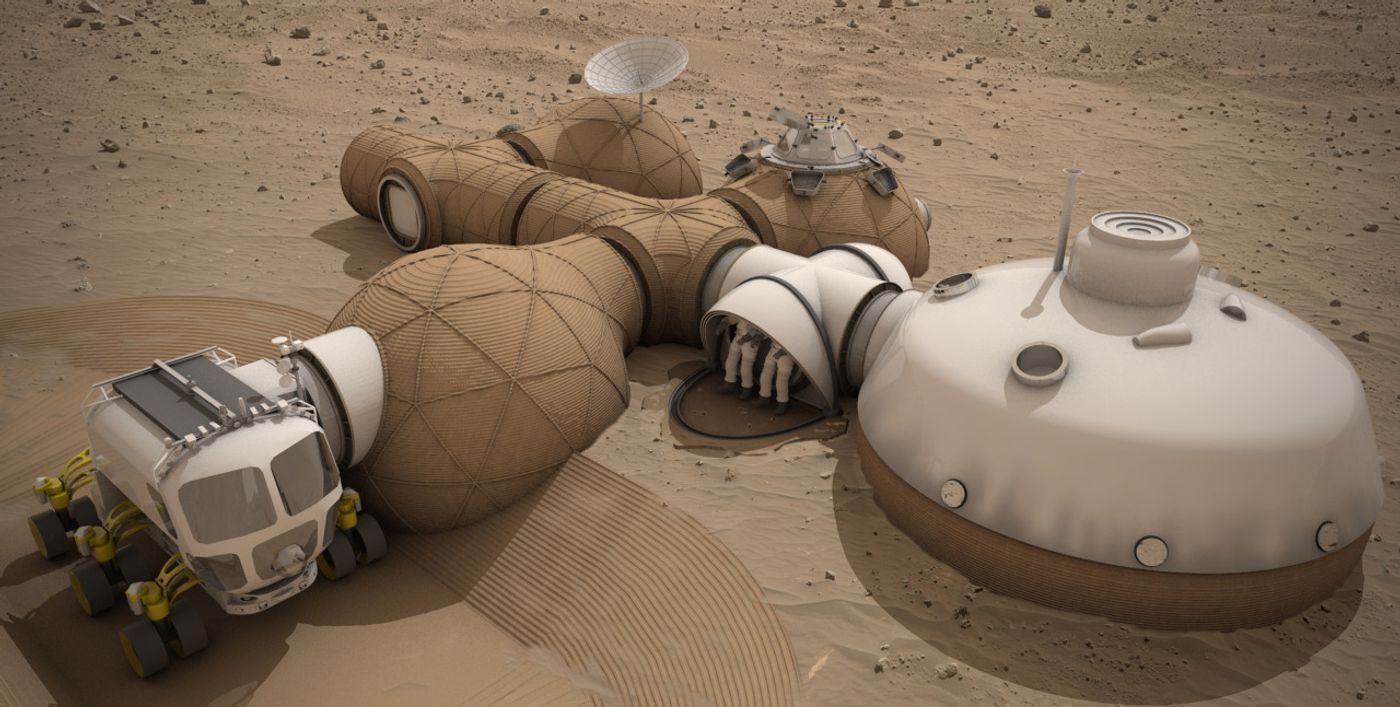NASA Needs to Come Up With a Mars Habitation Prototype By 2018
We should all know by now that NASA has an interest in putting people on the Moon to settle there permanently some time in the next few decades. The United States-based space agency already revealed that they have the desire to do so earlier this year, and that they would be focusing a lot of modern research on learning about deep space travel and habitation.
NASA still has a lot to learn, and there are a lot of unanswered questions about what kind of habitat astronauts would live in while on Mars, and what it would take to survive the long journey.
Astronauts will need a living space larger than just that of what a small rocket can carry. Even the International Space Station, which is actually quite large, had to be assembled in space from multiple rocket launches, and it’s expected that such a Martian habitat would be no different because those inhabiting the Martian habitat would need enough space to actually live in.

Since there are so many unanswered questions on this front, NASA is being told by Congress to start figuring things out in an Omnibus spending bill that was passed just this month. Congress wants NASA to use at least $55 million to develop a prototype for a portable Martian habitation module by 2018 that could be placed on the Martian surface and then lived in by astronauts.
Even though it would require a lot of money to build this, it would still just be a prototype, and it wouldn’t be the finished product that NASA wants to launch some time in the next few decades. Nonetheless, it will help the space agency to prepare some ideas for the future in the mean time and help get this mission moving.
There are some challenges that have to be met to get a prototype built, and one of the most important is that the space agency doesn’t even know what something of this scale would even look like just yet. Moreover, it has to be lightweight enough to carry on a rocket (or rockets) and needs to still be protective enough for humans to live inside of in a non-Earthly environment.
There’s no better time than sooner to start getting ducks in a row before those next few decades where NASA will want to actually move forward with this endeavor inch closer to reality.
Source: Congress via Space News








